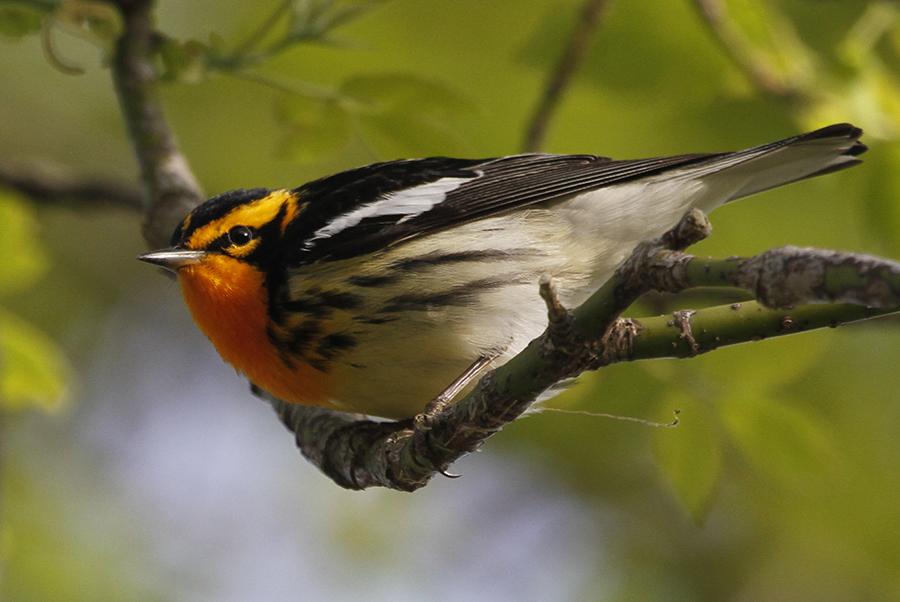Streaks of black line the orange face and breast of the Blackburnian warbler, an East Coast species that somehow wound up in the alder . . .
East Coast warbler, landed in Inverness, likely “misoriented”


Streaks of black line the orange face and breast of the Blackburnian warbler, an East Coast species that somehow wound up in the alder . . .